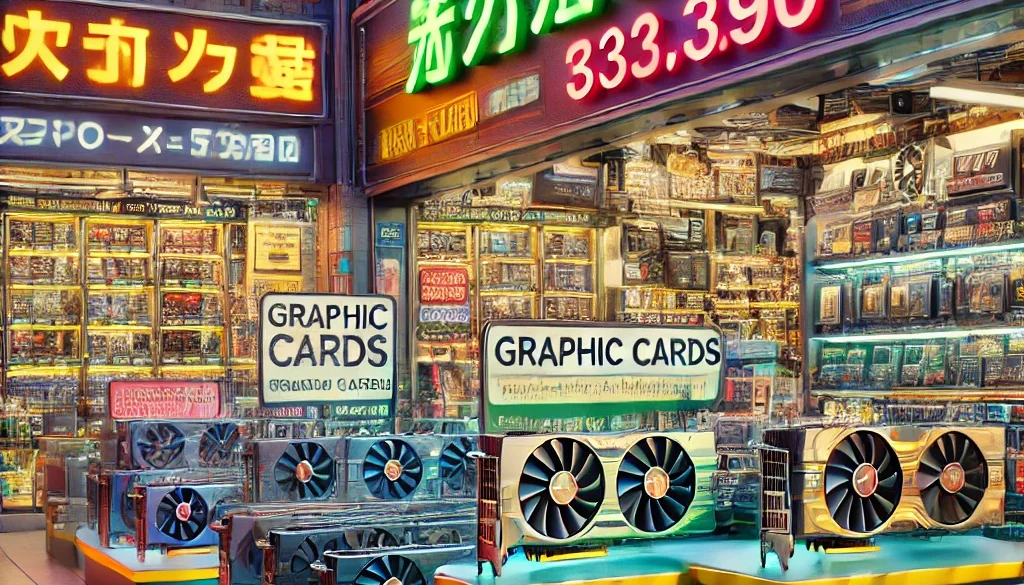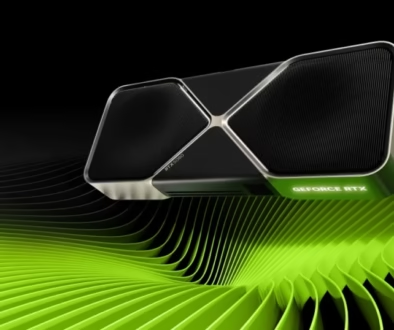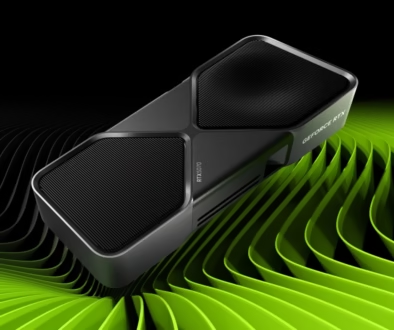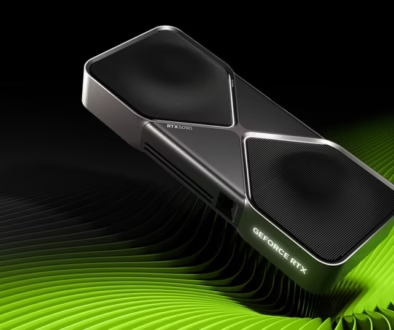Are Graphic Cards Cheaper In Japan? A Comprehensive Guide
When you purchase through links on our website, we may earn an affiliate commission.

Market Overview
Global Graphics Card Market Trends
The global graphics card market in 2024 is buzzing with excitement, thanks to advances in gaming, virtual reality, and artificial intelligence. However, supply chain issues, like semiconductor shortages and geopolitical tensions, have created some bumps in the road, impacting prices worldwide.
Specific Trends in Japan
Japan is no stranger to these global trends. With its tech-savvy population and vibrant gaming culture, the demand for high-performance graphics cards is strong. However, Japan also faces unique challenges, such as supply constraints and fluctuating prices.
Factors Influencing Graphics Card Prices
Supply Chain Dynamics
The global supply chain for graphics cards is a complex beast. Any hiccup in production or distribution can lead to price hikes. Japan, despite being a tech powerhouse, isn’t immune to these issues.
Import/Export Regulations
Import regulations and tariffs in Japan can influence the final price of graphics cards. Additionally, export controls from the US can affect the availability and pricing of certain high-end models in Japan.
Local Economic Conditions
Economic factors like inflation and consumer purchasing power play a crucial role in the affordability of graphics cards. In 2024, Japan’s stable economy has helped maintain a relatively steady market, though global factors still cause occasional price fluctuations.
Comparative Pricing Analysis
Price Comparison Between Japan and Other Markets
Let’s compare the prices of graphics cards in Japan with those in the USA, Europe, and other parts of Asia. For instance, high-end models like the Nvidia RTX 4090 are significantly pricier in Asia, including Japan, due to high demand and limited supply (Tom’s Hardware).
Specific Models and Their Prices
- Nvidia RTX 4090: In Japan, this card is priced around $2,500, compared to the $1,599 MSRP in the USA.
- AMD Radeon RX 6600: This card is available for approximately $160 in Japan, making it quite competitive globally.
Availability and Demand in Japan
Popular Graphics Card Models
In Japan, popular models include the Nvidia RTX series and AMD Radeon RX series. High demand from gamers and content creators fuels the popularity of these models.
Consumer Demand Trends
Japanese consumers have a strong preference for high-performance, reliable brands. The gaming community, in particular, drives the demand for the latest models.
Retailers and Pricing Strategies
Major Retailers in Japan
Major retailers such as Bic Camera, Yodobashi Camera, and online platforms like Amazon Japan dominate the market. These retailers often offer competitive prices and promotions.
Pricing Strategies and Promotions
Retailers in Japan use various strategies to attract buyers, including bundling deals and seasonal discounts. Events like Black Friday and New Year sales are great times to snag a deal.
Impact of Technology and Innovation
Recent Technological Advancements
Advancements in GPU architecture and manufacturing processes have led to more powerful and efficient graphics cards. However, these innovations can also drive up prices due to higher production costs.
How Innovations Affect Prices
New technologies often come with a premium price tag. But as older models become outdated, they usually see price drops, making them more affordable.
Economic Considerations
Japan’s Economic Situation in 2024
Japan’s economy has remained relatively stable in 2024, with moderate inflation and strong consumer confidence. This stability helps keep the tech market balanced.
Currency Exchange Rates Impact
Fluctuations in the yen’s value against the dollar can impact the price of imported goods, including graphics cards. A stronger yen makes imports cheaper, while a weaker yen has the opposite effect.
Government Policies and Their Impact
Relevant Government Regulations
Japan’s policies on electronic imports and tariffs affect the pricing of graphics cards. Regulations aimed at protecting local industries can sometimes lead to higher prices for imported tech products.
Impact of Policies on Pricing
Government initiatives to boost local tech manufacturing could eventually lower prices, but current policies tend to keep them stable or slightly elevated compared to markets with fewer restrictions.
Consumer Behavior and Preferences
Typical Consumer Behavior in Japan
Japanese consumers are known for thorough research and a preference for quality. This behavior influences the demand for high-end graphics cards, even at higher prices.
Preferences for Certain Brands or Models
Brands like Nvidia and AMD are highly preferred due to their performance and reliability. Models with better performance benchmarks are more sought after.
Second-hand Market
The Market for Used Graphics Cards
The second-hand market in Japan is robust, offering lower prices for slightly older models. This market provides a viable option for budget-conscious buyers.
Price Trends for Second-hand Cards
Prices for second-hand cards are generally 20-30% lower than new models, depending on the condition and age of the card.
Online vs. Offline Prices
Comparison of Online and Physical Store Prices
Online platforms often offer lower prices due to reduced overhead costs. However, physical stores provide the advantage of immediate availability and potential for in-person negotiations.
Advantages and Disadvantages of Each
Online shopping offers convenience and often better prices, but physical stores offer better customer service and immediate product access.
Seasonal Variations
How Seasons Affect Graphics Card Prices
Prices tend to drop during major sales events like Black Friday, Cyber Monday, and New Year sales. Conversely, they might rise during high-demand periods like new product launches.
Best Times to Buy
The best times to buy graphics cards in Japan are during major sales events and off-peak seasons when demand is lower.
Examples of Price Variations for Specific Models
Comparing prices of the RTX 4090 and Radeon RX 6600 across different times of the year reveals significant seasonal variations, often linked to global supply chain conditions and local demand spikes.
Expert Opinions
Insights from Industry Experts
Experts suggest that while Japan offers competitive prices for certain models, high-end graphics cards may be more expensive due to import costs and demand-supply imbalances.
Predictions for Future Trends
Looking ahead, experts predict a stabilization of prices as supply chain issues are resolved and local manufacturing initiatives take off.
FAQs
Are graphics cards generally cheaper in Japan?
For mid-range models, yes, but high-end models can be pricier due to import costs and high demand.
When is the best time to buy a graphics card in Japan?
During major sales events and off-peak seasons.
Are second-hand graphics cards a good option?
Yes, they offer significant savings, especially for slightly older models.
Conclusion
In conclusion, whether graphics cards are cheaper in Japan depends largely on the specific model and the time of purchase. While mid-range models can be quite affordable, high-end cards may come with a premium price due to high demand and import costs. However, with careful timing and savvy shopping, you can find great deals in Japan, especially during major sales events. Happy shopping!
Relevant Posts:



Graphics Cards in Japan: Cheaper or Not?
August 15, 2024 @ 12:17 am
[…] Tech enthusiasts and gamers are always searching for the best deals. But, is it cheaper to buy graphics cards in Japan? Compared to the U.S. and Canada, prices in Japan can be higher, around 1.5 times more. This makes people wonder if it’s a smart buy and if the new models are really worth the money. Despite higher prices, often 2 to 3 times the original cost, the situation changes due to supply and demand issues12. On the other hand, second-hand graphics cards in Japan can be 20-30% less expensive than new ones. This offers a cheaper option for those looking to save3. […]